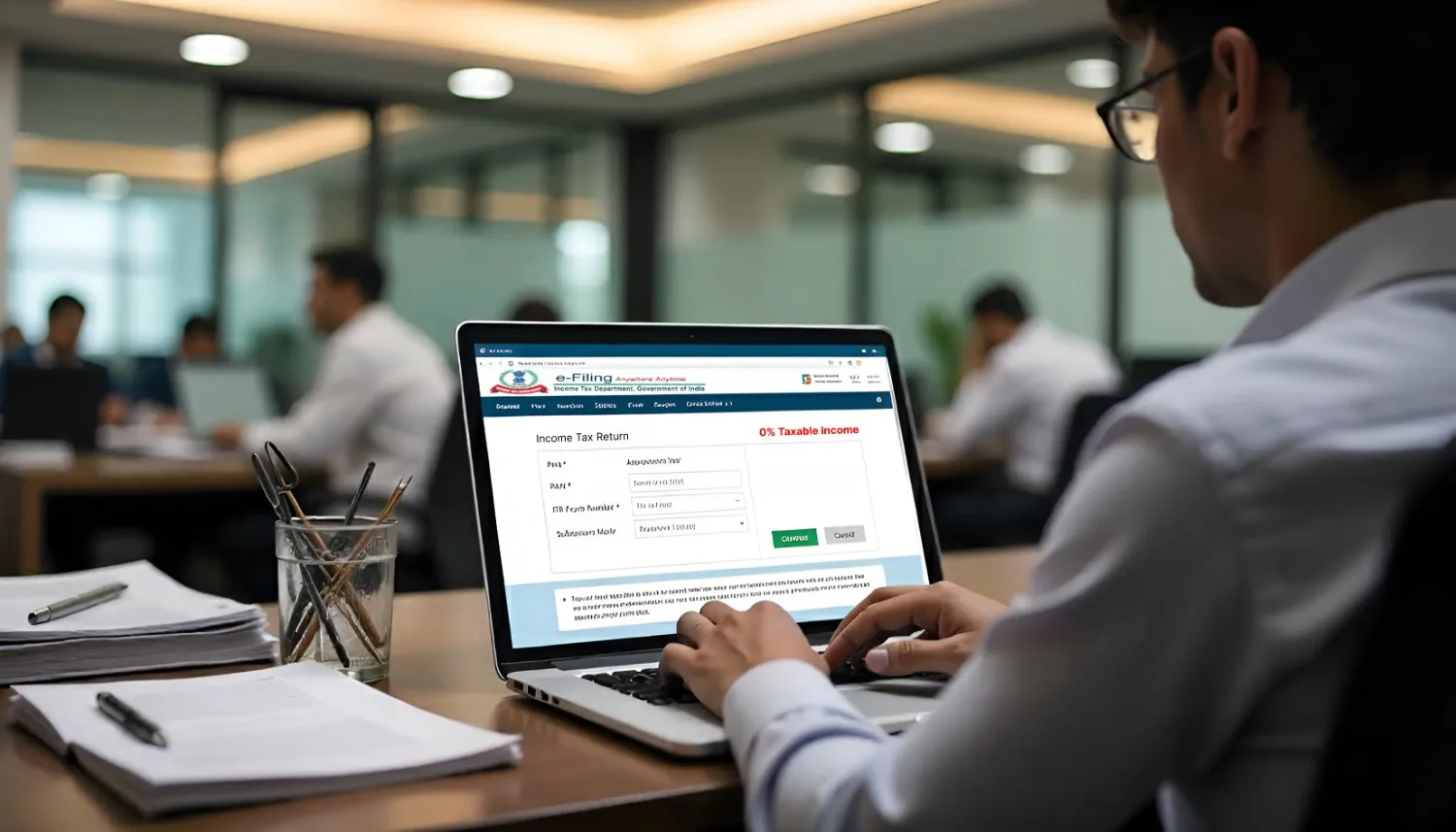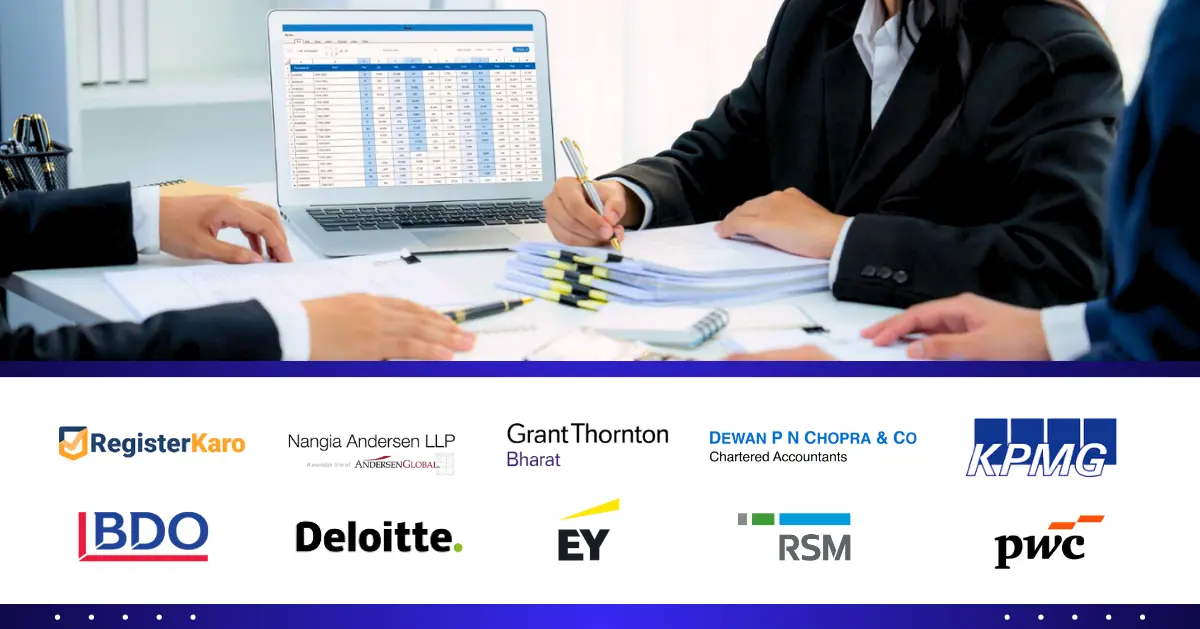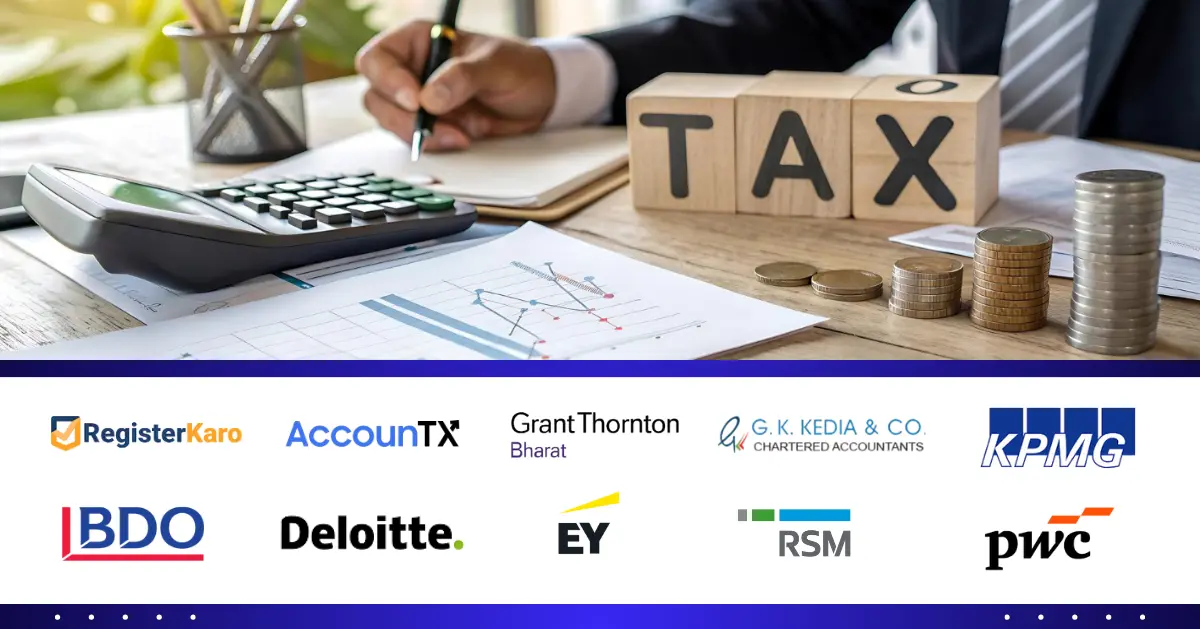
Introduction
Imagine a scenario where your business is growing, making consistent GST payments, and you are well on your way to staying compliant. Suddenly, you realize that you overpaid due to an incorrect transaction or made an error in your tax filing. Not only does this disrupt your cash flow, but it also adds unnecessary stress. This is where the electronic cash ledger in GST comes to the rescue—a transparent system that tracks all your tax deposits and ensures smooth compliance.
As of 2024, more than 1.45 crore businesses are registered under GST in India (Source: GST Council). With digital tax payments becoming the norm, businesses need to stay updated on the latest updates on electronic cash ledger in GST to avoid penalties and optimize tax management. Let’s dive deep into everything you need to know about the electronic cash ledger in GST, including how to file it, maintain compliance, and avoid errors.
What is the Electronic Cash Ledger in GST?
The electronic cash ledger in the GST is an online ledger maintained by the GST portal to track and manage tax payments made by a taxpayer. It functions as a digital wallet that businesses use to deposit money for paying their GST liabilities, including IGST, CGST, SGST, and other dues.
Key Features of the Electronic Cash Ledger in GST:
- Mandatory for GST-Registered Businesses: All businesses registered under GST are required to maintain an electronic cash ledger to ensure compliance with the tax laws.
- Transparency: The ledger tracks all deposits and payments made, providing transparency and accuracy in tax management.
- Automatic Update: The ledger is auto-populated based on the challans generated for tax payments, making it easy to monitor balances.
- Separate Balances: Different balances are maintained for CGST, SGST, IGST, and other taxes, ensuring that each tax is paid separately.
- Excess Amount Refunds: If a business deposits an excess amount into the electronic cash ledger in GST, they can claim a refund using Form RFD-01
Example:
If a business deposits ₹1,00,000 into its electronic cash ledger, the amount is used to pay GST dues, rather than manually tracking each transaction for multiple taxes.
Read blog: Understanding GST Registration: A Simplified Guide for Businesses
How Does the Electronic Cash Ledger Work?
Understanding the workflow of the electronic cash ledger in the GST is crucial for businesses to maintain compliance. Here’s a step-by-step breakdown of how it functions:
Step-by-Step Process:
- Deposit Funds: Businesses deposit funds into the electronic cash ledger using various modes such as net banking, NEFT, RTGS, or over-the-counter payments.
- Automatic Ledger Update: The deposited amount is reflected in the electronic cash ledger and gets updated in real time.
- GST Payment Utilization: The deposited funds can then be utilized to pay taxes under different categories like CGST, SGST, and IGST.
- Excess Balance Refund: If a business deposits more than required, it can apply for a refund using Form RFD-01 on the GST portal.
Latest Update on Electronic Cash Ledger: One of the recent updates allows businesses to use a single challan across multiple GSTINs under the same business entity. This simplifies tax payments and reduces administrative overhead.
How to Check and Maintain the Ledger Balance?
It’s important to regularly monitor the balance in your electronic cash ledger in GST to ensure compliance and avoid errors.
Steps to Check the Ledger Balance:
- Login to the GST Portal: Visit www.gst.gov.in and log in with your credentials.
- Navigate to ‘Services’: From the dashboard, go to ‘Services’ → ‘Ledgers’ → ‘Electronic Cash Ledger’ to view your transaction history.
- View Transaction Summary: The ledger shows deposits, utilization, and available balances in real time, allowing you to track all activity.
- Download Ledger Report: You can generate reports for a specific period to review the cash flow and rectify any discrepancies.
Best Practices for Maintaining the Ledger Balance:
- Deposit Funds as Per Tax Liabilities: Make sure to deposit the required amount for each tax category to avoid rush payments during filing.
- Reconcile Balances Regularly: Ensure that all entries in your electronic cash ledger in GST are accurate by regularly cross-checking the balance.
- Check for Common Errors: Common errors such as incorrect challan entries or mismatched tax deposits can lead to discrepancies. Always double-check.
- Monitor Transaction History: Keep an eye on your transaction history to identify any unusual deductions or pending adjustments.
- Categorize Taxes Correctly: Properly categorize deposits for CGST, SGST, IGST, and other taxes to ensure accurate fund utilization.
Steps to Utilize Funds in the Electronic Cash Ledger
Once you have deposited funds into your electronic cash ledger, here’s how you can use them to pay your GST liabilities:
- Create Challan: On the GST portal, select the ‘Create Challan’ option and choose the relevant tax type (CGST, SGST, IGST).
- Choose Payment Mode: You can make the payment using net banking, credit/debit card, NEFT, or other methods available.
- Deposit Funds in the Correct Tax Category: Ensure the funds are deposited into the right tax category (CGST, SGST, IGST).
- Use Balance for Payments: While filing returns like GSTR-3B, use the electronic cash ledger in GST balance by selecting it during payment.
- Verify Payment Deduction: Check the ‘Electronic Cash Ledger’ tab to confirm the payment deduction has been made properly.
Read blog: GST Returns Filing
Difference Between Electronic Cash and Credit Ledger
| Feature | Electronic Cash Ledger | Electronic Credit Ledger |
| Purpose | To deposit and pay GST dues | To claim input tax credit (ITC) |
| Source | Funded by the taxpayer | Accumulates from eligible ITC |
| Utilization | Payment of GST liabilities | Offset tax liability only, not for cash withdrawal |
Example:
A business with ₹50,000 in the E-cash ledger can use it to pay GST dues, whereas ₹50,000 in the credit ledger can only offset tax liability, not be withdrawn directly for cash payments.
Common Mistakes to Avoid
When using the electronic cash ledger in GST, businesses may encounter several pitfalls. Avoiding these mistakes ensures smooth tax management:
- Incorrect Challan Entries: Always ensure the correct GSTIN and tax category are selected when depositing funds.
- Mismatch of Tax Payments: Ensure that the deposited amount aligns with the GST liability to avoid excess deposits.
- Wrong Tax Allocation: Misallocating the funds to CGST instead of IGST (or vice versa) could result in unnecessary adjustments.
- Delays in Refund Applications: If you have excess funds, ensure you apply for refunds promptly to avoid interest penalties.
Conclusion
The electronic cash ledger is an integral part of the GST system in India, designed to simplify tax management for businesses. With over ₹1.59 lakh crore deposited in GST payments in March 2024, businesses need to stay informed about the latest updates on electronic cash ledger in GST to ensure timely compliance and avoid penalties.
Why Choose RegisterKaro? For businesses struggling with GST compliance or electronic cash ledger management, RegisterKaro offers expert guidance. From filing returns to reconciling ledger balances, their team ensures smooth tax operations and reduces the risk of compliance errors.
Contact Us Today:
- Email: [email protected]
- Call: +918447746183




